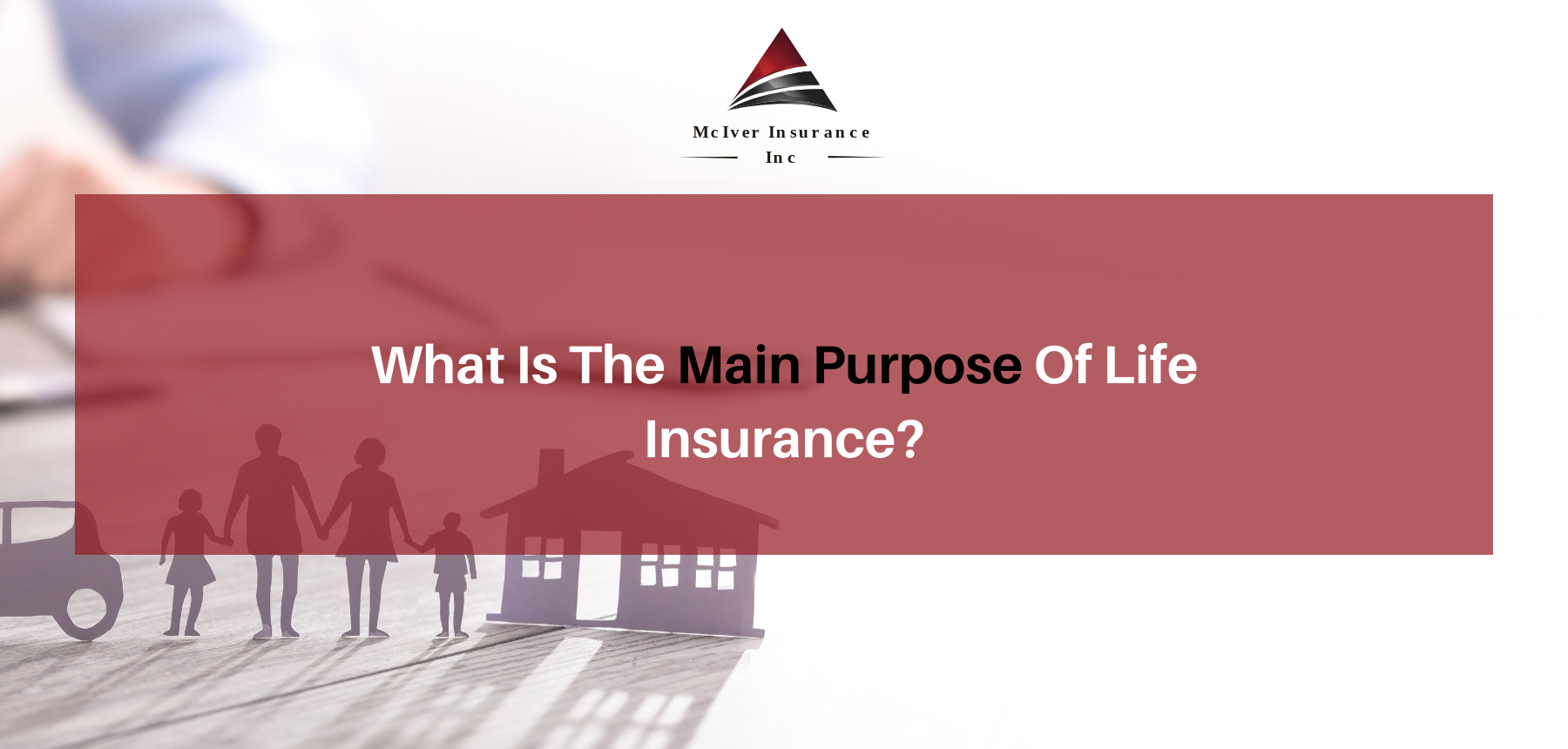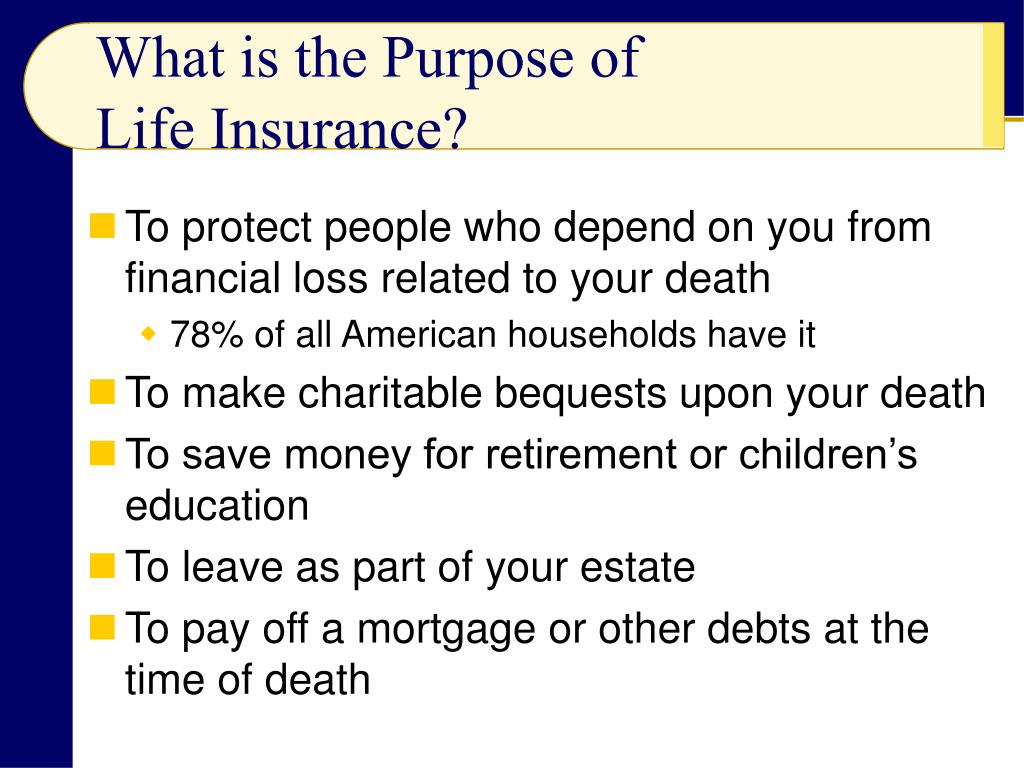Fascination About Pacific Prime
Fascination About Pacific Prime
Blog Article
Pacific Prime - Questions
Table of ContentsThe Basic Principles Of Pacific Prime See This Report on Pacific PrimeNot known Incorrect Statements About Pacific Prime Pacific Prime Can Be Fun For EveryoneThe smart Trick of Pacific Prime That Nobody is Talking About

This is since the information were accumulated for a period of solid financial performance. Of the estimated 42 million individuals that were uninsured, almost regarding 420,000 (concerning 1 percent) were under 65 years of age, the age at which most Americans end up being qualified for Medicare; 32 million were grownups between ages 18 and 65, about 19 percent of all adults in this age; and 10 million were children under 18 years of age, regarding 13.9 percent of all youngsters (Mills, 2000).
These estimates of the number of individuals uninsured are produced from the annual March Supplement to the Current Population Survey (CPS), carried out by the Demographics Bureau. Unless or else noted, national price quotes of individuals without medical insurance and proportions of the population with various kinds of insurance coverage are based upon the CPS, the most widely utilized resource of price quotes of insurance coverage and uninsurance prices.
The 25-Second Trick For Pacific Prime

Still, the CPS is particularly helpful because it produces yearly quotes reasonably quickly, reporting the previous year's insurance policy protection approximates each September, and due to the fact that it is the basis for a consistent set of price quotes for more than 20 years, permitting analysis of fads in coverage in time. For these reasons, along with the comprehensive use the CPS in various other research studies of insurance protection that exist in this report, we count on CPS quotes, with limitations kept in mind.

The price quote of the number of without insurance individuals expands when a populace's insurance policy condition is tracked for a number of years. Over a three-year period starting early in 1993, 72 million individuals, 29 percent of the U.S. https://www.anyflip.com/homepage/fcter#About. population, lacked insurance coverage for at the very least one month. Within a single year (1994 ), 53 million individuals experienced at the very least a month without insurance coverage (Bennefield, 1998a)
6 out of every ten without insurance grownups are themselves employed. Functioning does improve the chance that one and one's family members will certainly have insurance coverage, it is not an assurance. Even members of family members with two permanent breadwinner have almost a one-in-ten opportunity of being uninsured (9.1 percent without insurance rate) (Hoffman and Pohl, 2000).
The Definitive Guide for Pacific Prime
New immigrants account for a considerable percentage of individuals without medical insurance. One analysis has connected a considerable part of the recent growth in the size of the U.S. uninsured population to immigrants that showed up in the country between 1994 and 1998 (Camarota and Edwards, 2000). Current immigrants (those who pertained to the USA within the previous 4 years) do have a high price of being uninsured (46 percent), but they and their kids represent simply 6 percent of those without insurance country wide (Holahan et al., 2001).
The connection in between medical insurance and accessibility to care is well developed, as recorded later on in this chapter. Although the connection in between wellness insurance policy and health outcomes is neither direct nor basic, an extensive medical and wellness solutions study literary works web links wellness insurance coverage to enhanced access to care, better quality, and enhanced personal and population wellness condition.
Degrees of analysis for examining the impacts of uninsurance. It focuses especially on those without any health and wellness insurance for any kind of length of time.
The Greatest Guide To Pacific Prime
The troubles dealt with by the underinsured remain in some areas comparable to those encountered by the uninsured, although they are typically less extreme. maternity insurance for expats. Uninsurance and underinsurance, nonetheless, entail distinctly various plan problems, and the methods for resolving them might differ. Throughout this research study and the five records to adhere to, the main emphasis is on persons without wellness insurance policy and therefore no support in paying for healthcare beyond what is available through charity and safety and security internet establishments
Medical insurance is a powerful aspect impacting invoice of care because both patients and doctors react to the out-of-pocket price of services - https://moz.com/community/q/user/pacificpr1me. Medical insurance, nonetheless, is neither essential nor adequate to gain accessibility to clinical services. The independent and direct result of wellness insurance coverage on accessibility to wellness solutions is well established.
Others will certainly acquire the health treatment they need also without medical insurance, by paying for it expense or seeking it from providers who supply care cost-free or at highly subsidized prices. For still others, health insurance coverage alone does not ensure receipt of treatment due to other nonfinancial obstacles, such as a lack of healthcare service providers in their area, limited accessibility to transport, illiteracy, or linguistic and social distinctions.
Rumored Buzz on Pacific Prime
Formal study about without insurance populations in the USA dates to the late 1920s and early 1930s when the Board on Check Out Your URL the Expense of Healthcare produced a collection of records concerning financing medical professional workplace gos to and hospital stays. This issue ended up being significant as the numbers of medically indigent climbed throughout the Great Clinical depression.
Report this page